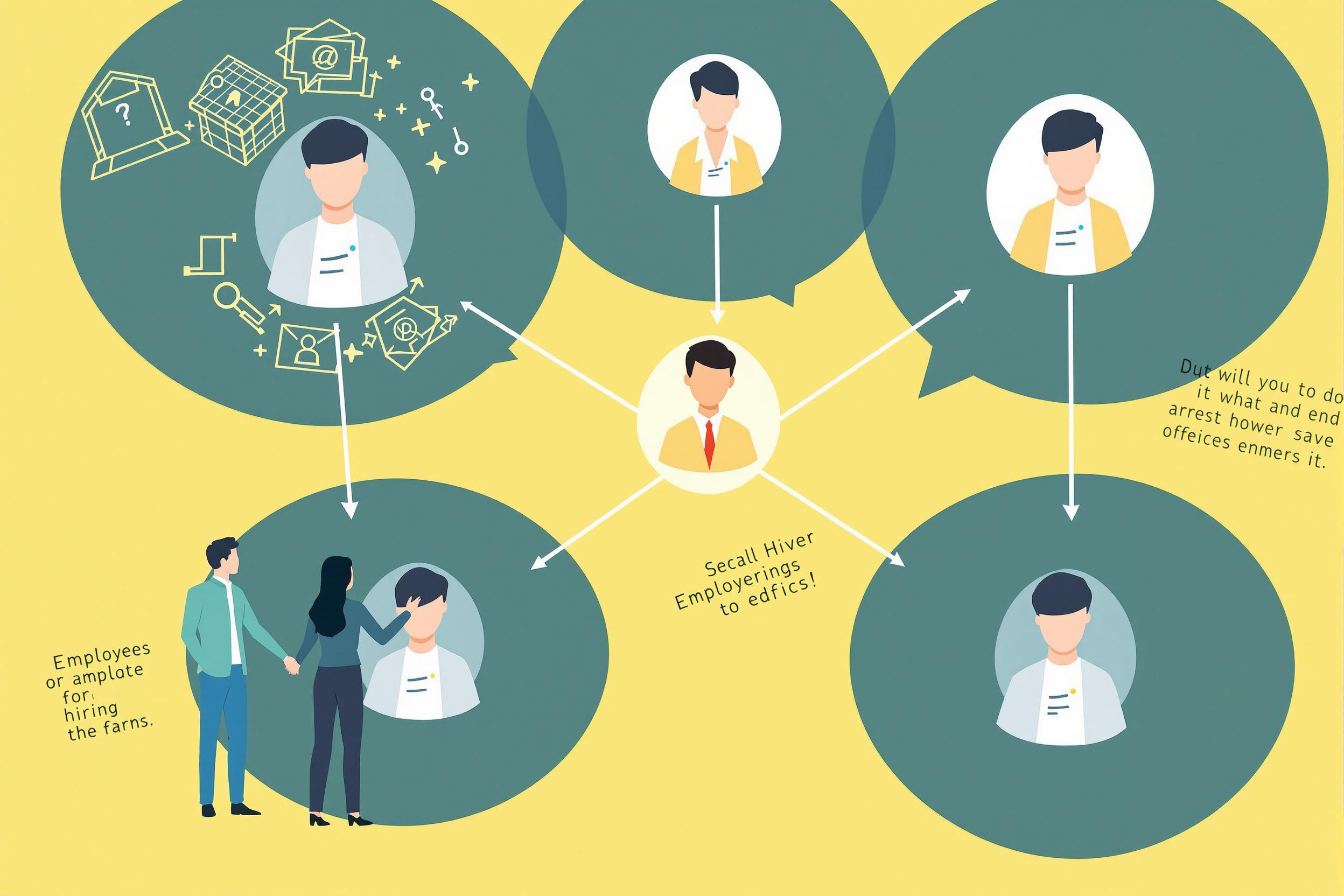
Recommendation Systems
Recommendation Systems are computer programs that suggest items or content to users based on their preferences and behavior. Think of them like a smart personal shopper - they're behind features like "People also bought" on Amazon, "Recommended for you" on Netflix, or song suggestions on Spotify. Companies use these systems to help customers find products they might like, keep users engaged on their platforms, and increase sales. They're a key part of modern digital businesses, from e-commerce to streaming services to social media platforms. Other common names for this technology include "recommender systems," "recommendation engines," or "personalization systems."
Examples in Resumes
Developed Recommendation System for e-commerce platform, increasing sales conversion by 25%
Built and maintained Recommender System for content personalization
Implemented Recommendation Engine to improve user engagement on streaming platform
Led team in creating Recommendation Systems for product suggestions
Typical job title: "Recommendation Systems Engineers"
Also try searching for:
Where to Find Recommendation Systems Engineers
Online Communities
Job Boards
Professional Networks
Example Interview Questions
Senior Level Questions
Q: How would you design a recommendation system for a company that has millions of users?
Expected Answer: A senior candidate should discuss scalability approaches, balancing accuracy with speed, handling cold start problems for new users/items, and considering both offline and online evaluation methods. They should mention practical implementation challenges and solutions.
Q: How do you measure the success of a recommendation system?
Expected Answer: Should explain business metrics like user engagement, click-through rates, and conversion rates, as well as how to set up A/B testing to compare different approaches. Should emphasize the importance of both technical metrics and business impact.
Mid Level Questions
Q: What are the main types of recommendation systems and when would you use each?
Expected Answer: Should explain content-based (suggesting similar items), collaborative filtering (using user behavior patterns), and hybrid approaches in simple terms, with examples like Netflix movies or Amazon products.
Q: How do you handle the 'cold start' problem in recommendation systems?
Expected Answer: Should explain how to handle new users or items with no history, such as using demographic information, popular items, or asking users for initial preferences.
Junior Level Questions
Q: What is collaborative filtering and how does it work?
Expected Answer: Should be able to explain the basic concept of using patterns in user behavior to make recommendations, like suggesting products based on what similar users have bought.
Q: How would you evaluate if a recommendation is good or bad?
Expected Answer: Should discuss basic metrics like user clicks, purchases, or ratings, and understand that good recommendations are ones that users actually find helpful and engage with.
Experience Level Indicators
Junior (0-2 years)
- Basic understanding of recommendation algorithms
- Data processing and cleaning
- Simple implementation of collaborative filtering
- Basic Python programming
Mid (2-5 years)
- Implementation of different recommendation approaches
- Performance optimization
- A/B testing and evaluation
- Working with large datasets
Senior (5+ years)
- System architecture design
- Advanced algorithm optimization
- Large-scale deployment experience
- Team leadership and project management
Red Flags to Watch For
- No experience with real-world data challenges
- Lack of understanding of basic recommendation concepts
- No knowledge of evaluation metrics
- Unable to explain recommendations in business terms
- No experience with large datasets
Related Terms
Need more hiring wisdom? Check these out...

Automated Scorecards in ATS Systems: Your Secret Weapon for Smarter Hiring Decisions

The Secret Weapon in Your Office: How Employee Referrals Transform Hiring

5 AI-Powered Recruitment Strategies That Actually Work

